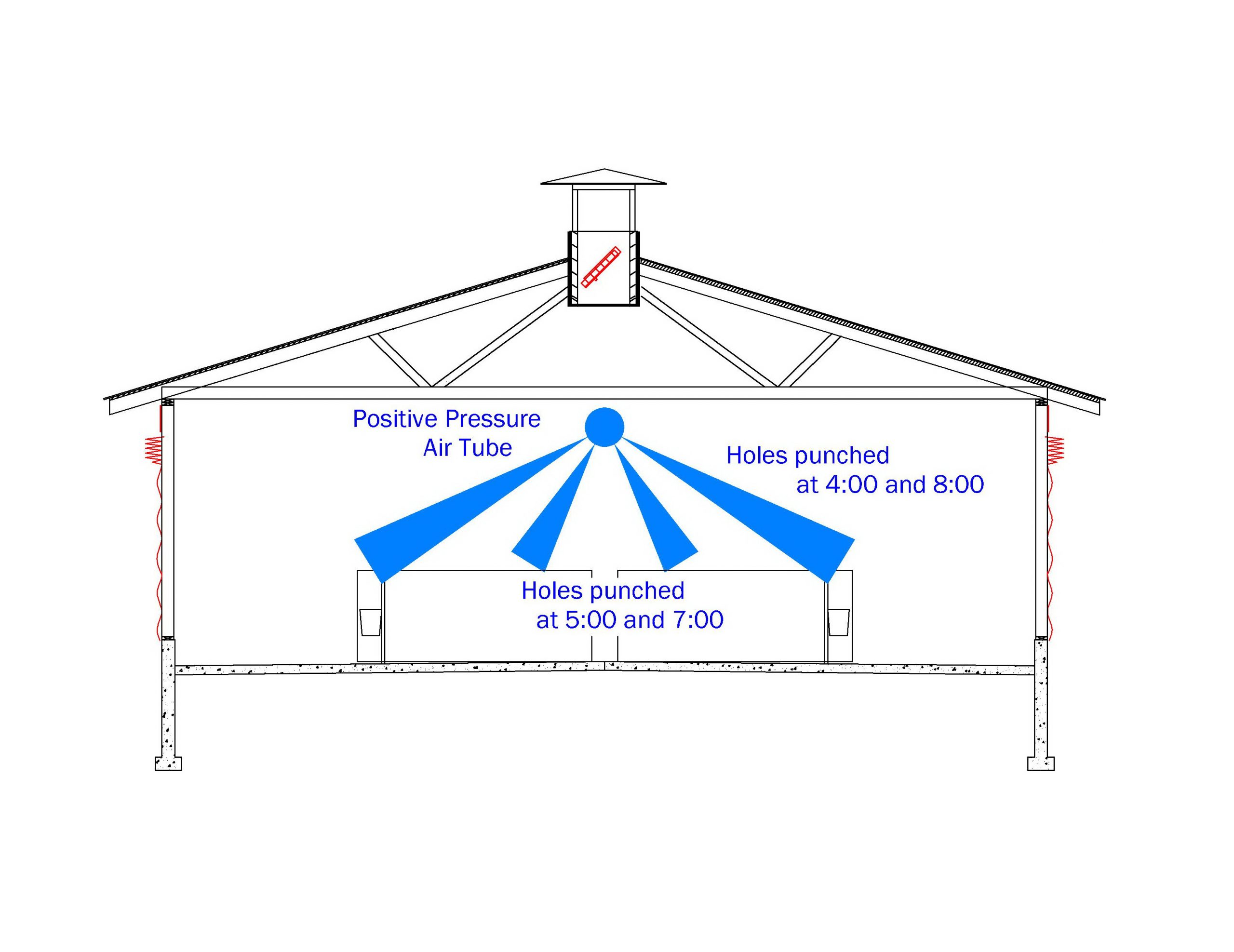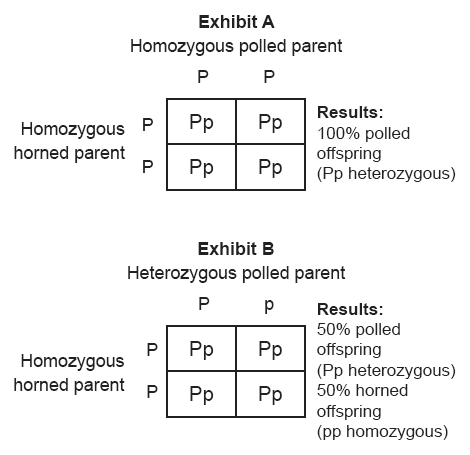According to a recent Minneapolis Fed study, ag lenders regard labor availability as their #1 issue for their agricultural customers.
The poll, which included ag bankers from the ninth district (Minnesota, Montana, North Dakota, South Dakota, and Wisconsin), discovered that the problem is seen as a “serious challenge” by 63% of respondents and a “minor challenge” by the majority of the remaining 37%.
“Obtaining the labor required to operate is becoming increasingly difficult,” a Minnesota-based lender told the Minneapolis Fed.
Livestock workers were seen to be more scarce than crop workers, and those polled also said that getting long-term assistance is more difficult than finding temporary labor owing to the seasonal nature of the ag economy.
In terms of how this compares to previous years, 39% of respondents said labor availability has been “much worse” in the last five years, while 44% said it’s gotten “a little worse.”
The Minneapolis Fed blames this difficulty to the region’s low migrant labor intake and aging workforce.
According to statistics from the United States Census Bureau, 10% of animal production personnel in the region are foreign born, compared to 18% overall. In agricultural production, the number is significantly lower, with just 5% of workers being foreign born, compared to 32% overall.
In addition, the area boasts among of the lowest unemployment rates in the country
Who’s (not) working on the farm?
A look at the characteristics of farm workers offers some clues to the labor shortage in the Ninth District and across the country.
The U.S. Department of Agriculture collects data on farm workers. Almost none of these data are demographic in nature, concerning characteristics such as age and citizenship status. The U.S. Census Bureau does collect demographic data along with occupational characteristics in its American Community Survey. Together, these data offer a fuller picture of both the number of farm workers and their demographic tendencies.1
One surprising finding about Ninth District farm workers is that relatively few of them are foreign-born, especially in comparison to some other agricultural states. The estimated share of foreign-born workers in animal production in 2021 was 10 percent in Ninth District states. That’s compared with 18 percent nationwide. The difference is even more stark for crop production. Just 5 percent of Ninth District farm labor is foreign-born (the highest in 10 years), compared with 32 percent nationally (Figure 1).
Another important trait of farm workers is that they are aging. According to census data, the median age of agricultural workers in district states rose from 51 in 2012 to 56 in 2021. That rise was much faster than in the rest of the country, where the median age increased from 47 to 48 within the same period.
A closer look suggests that this aging is due in part to a hollowing out of the middle of the age distribution. The share of both livestock and crop workers ages 45–54 steadily declined over the past decade. Representation among the youngest age groups also declined. While the share of workers ages 25–44 increased some, the bulk of the increase was among those older than 55 (Figure 2).
Help wanted
This combination of a modest inflow of immigrant workers and an aging workforce leads to major labor concerns for farm operators. The Minneapolis Fed’s most recent survey of agricultural credit conditions provides a window into this matter.
The survey asked agricultural bankers about labor availability among their farm clients. A strong majority—63 percent—indicated that it is a serious challenge. Most of the remainder said it is a minor challenge.
Agricultural work is mostly seasonal in nature. But finding long-term or permanent workers is especially hard, according to two-thirds of lenders. They ranked that as more challenging than finding temporary help.
Respondents also noted the availability of livestock workers is more limited than crop workers.
Over the last five years, a large majority said labor availability has worsened. More than a third of bankers surveyed called it “much” worse and another 44 percent “a little” worse. Only 17 percent said labor availability is the same as five years ago.
But there is also some sense that recent labor conditions aren’t getting a lot worse. More than 60 percent said that labor availability hasn’t changed much over the past year, and 37 percent said it has gotten a little worse. As a lender in Montana put it, even though the situation hasn’t changed much over the last two years, “farm labor has been increasingly harder to find.”
Wages on the rise
Given labor constraints, bankers noted that farm wages have increased. USDA data confirm that to be the case in the regions that include Ninth District states (Figure 3).
Real wages for farm workers just barely outpaced inflation over the decade from 2003–2013. Pay has climbed faster over the past 10 years, with a sharper acceleration over the past five.
Even though livestock workers are reportedly harder to find, wages for crop workers have grown at a faster rate recently. Crop workers in the USDA’s “Lake states” region (which includes Minnesota and Wisconsin) have seen wages increase by more than 11 percent after inflation. Wages for livestock workers in the “Mountain I” region (which includes Montana) grew less than 1 percent over this period.
An aging workforce, slower population growth in rural areas, and limited prospects for increased immigration to the region may pose ongoing labor challenges. There are no obvious, easy, or quick solutions for farm operators.
Technological advancements may offer some relief. Even as “better and bigger machinery helps reduce labor needs,” said a Minnesota banker, come harvest time, “seasonal help is still needed on most farms.”






 Calf barns or rooms may be ventilated either naturally or mechanically, with natural ventilation mixed with a positive pressure ventilation tube (PPVT) system offering the best of both. The four basic purposes of ventilation calf barns or rooms are to remove moisture in cold weather, heat in hot weather, deliver fresh air consistently, and prevent drafts.
Calf barns or rooms may be ventilated either naturally or mechanically, with natural ventilation mixed with a positive pressure ventilation tube (PPVT) system offering the best of both. The four basic purposes of ventilation calf barns or rooms are to remove moisture in cold weather, heat in hot weather, deliver fresh air consistently, and prevent drafts. The polled gene in dairy cattle has been a subject of significant interest in the agricultural community, offering potential advantages for both farmers and the animals themselves. The term “polled” refers to the absence of horns in cattle, and this trait is controlled by a specific gene. In this article, we will explore how the polled gene works in dairy cattle and its implications for the dairy farming industry.
The polled gene in dairy cattle has been a subject of significant interest in the agricultural community, offering potential advantages for both farmers and the animals themselves. The term “polled” refers to the absence of horns in cattle, and this trait is controlled by a specific gene. In this article, we will explore how the polled gene works in dairy cattle and its implications for the dairy farming industry.



